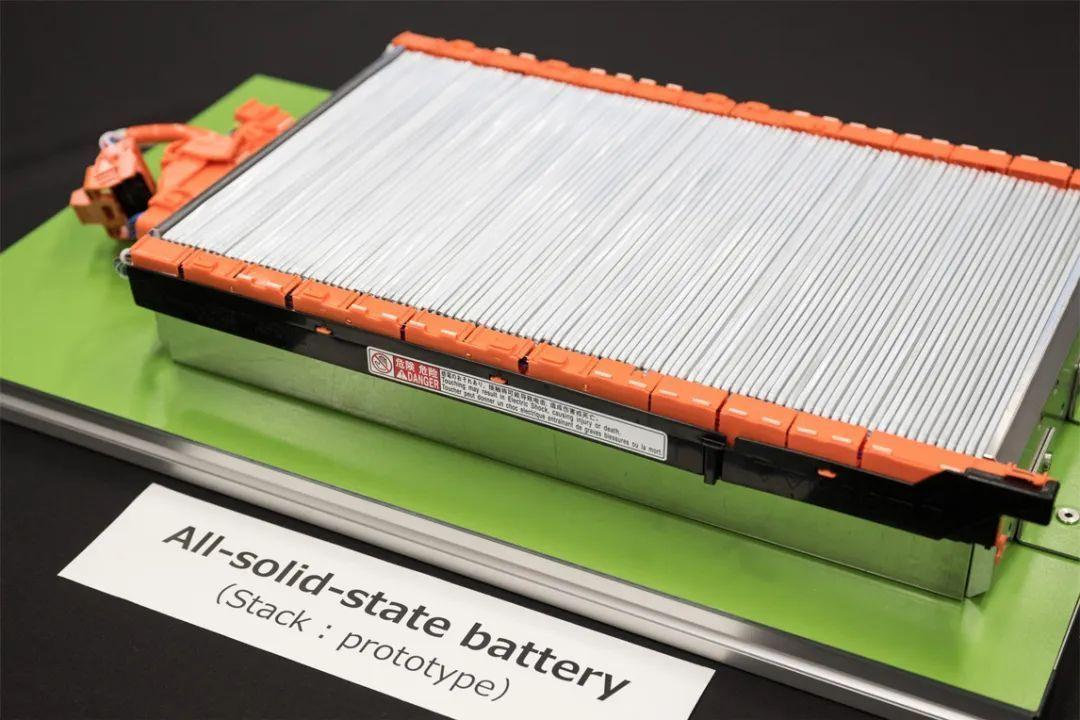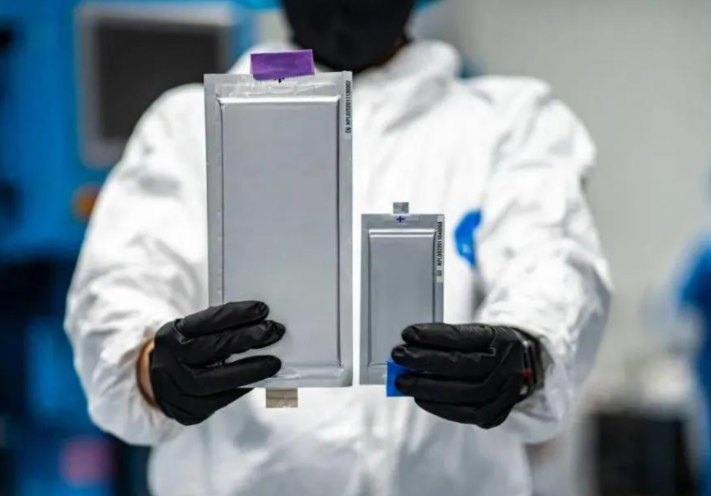News
What are the differences and advantages of solid-state batteries and traditional lithium batteries?
Fundamental Technological Differences
Conventional lithium-ion batteries use a liquid electrolyte, but solid-state batteries are different. They replace this liquid electrolyte with a solid ceramic or polymer material. This change in structure gets rid of components that can catch fire. At the same time, it allows for more compact cell designs. Also, traditional lithium batteries usually have graphite anodes. In contrast, solid-state batteries often use lithium metal anodes. This helps solid-state batteries store more energy in the same amount of space.
Energy Density and Performance Advantages
Since solid-state batteries don't have liquid electrolytes, they can stack electrode materials much more effectively. As a result, their energy density is 2 to 3 times higher than that of lithium-ion batteries. What does this mean? Well, for devices, it means they can run for a longer time. In applications like electric vehicles, it can lead to a significant reduction in weight. Recent research has shown that prototype solid-state cells can reach an energy density of 500 Wh/kg. In comparison, high - end lithium-ion batteries usually have an energy density of 250 - 300 Wh/kg.

Enhanced Safety Characteristics
Solid-state batteries remove combustible organic solvents. Because of this, they have much better thermal stability, even in extreme conditions. Laboratory stress tests have found that they can maintain their structure up to 200°C. On the other hand, lithium-ion batteries are at risk of thermal runaway when the temperature reaches 150°C. This built - in safety feature makes solid-state batteries very suitable for applications where preventing failure is extremely important, such as medical implants and aerospace systems.
Charging Speed and Cycle Life
Some advanced solid-state battery prototypes can reach 80% of their charge capacity in less than 15 minutes. And they don't have the lithium plating problem that can damage traditional lithium batteries. The solid electrolyte interface (SEI) in solid-state batteries is very stable. It can go through more than 5,000 charge cycles while still keeping over 90% of its capacity. This long - lasting durability is really important for energy storage systems that need to be charged and discharged deeply every day and are expected to last for decades.
Application-Specific Advantages
Electric vehicles can benefit a lot from solid-state batteries. Using the same amount of space for battery packs, they can increase their driving range by 30 - 50%. Also, the risk of fire is reduced. Portable medical devices can run for a longer time between charges without sacrificing safety standards. Solid-state batteries can tolerate a wide range of temperatures, from -40°C to 120°C. This makes them reliable for use in industrial equipment that is exposed to harsh environmental conditions.

Environmental Impact Considerations
Solid-state batteries have a simpler cell architecture. This means they don't need as much cobalt and other conflict minerals, which are commonly used in the production of lithium-ion batteries. The stability of solid electrolytes makes the recycling process safer and allows for higher material recovery rates. Manufacturers are also making progress in reducing energy consumption. They aim to use 40% less energy compared to traditional lithium battery production methods.


